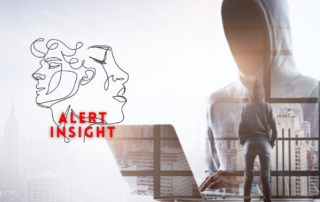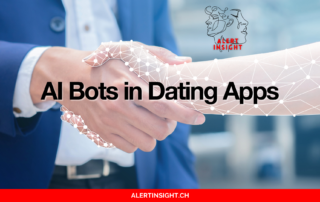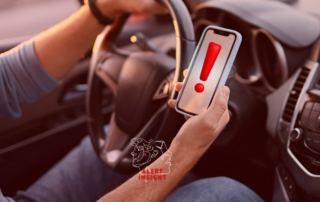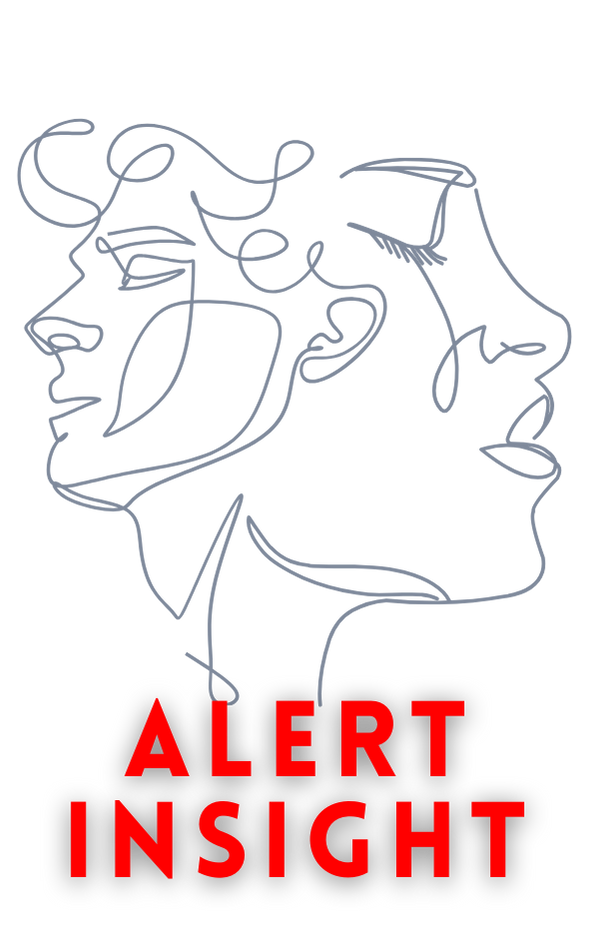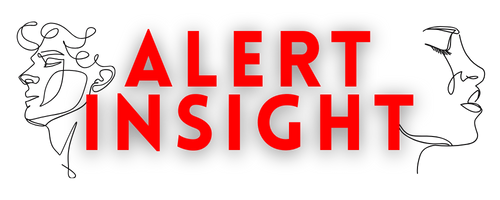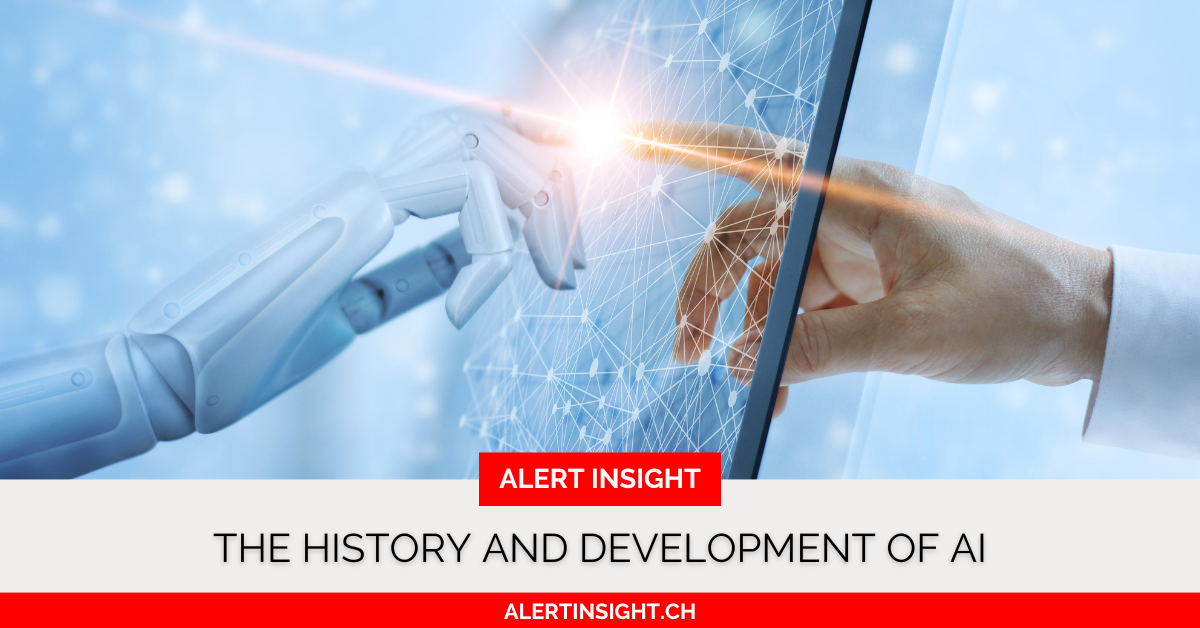
Artificial Intelligence (AI) has become part of our everyday lives. Just think of when we speak to Siri or ask something from an AI that gathers and provides us with relevant information.
I decided to start a series of articles about AI, partly to get to know it better, and partly to understand why its use is beneficial and what questions arise from the rapid development of AI.
I have been using it daily for nearly a year now, as it greatly helps with language learning. I’m from a system where being left-handed was not allowed, and I have dysgraphia-related issues. I often ask it for language checks, but only in Hungarian, because interestingly, this “problem” doesn’t appear in my English writing.
But where did AI start, and why did people create it?
“The history of AI dates back over 70 years and has been constantly evolving ever since.”
AI history began in the 1950s when British mathematician Alan Turing created the famous Turing Test, an experiment designed to judge the intelligence of a machine. The original goal of AI was for computers to imitate human intelligence: to solve problems, process language, and recognize images.
The first official event that treated AI as a scientific field was the 1956 Dartmouth Conference. Here, John McCarthy and his colleagues laid the foundations of AI, defining it as the development of machines and programs capable of imitating human thought processes. This included learning, decision-making, problem-solving, and reasoning. The goal was for computers to solve tasks that previously only humans could perform, such as playing chess.
Since then, AI has undergone tremendous development. While the original goal was to imitate human intelligence, today’s AI systems can perform many more tasks, making people’s lives easier. The use of AI brings special benefits, but it also carries risks that regulatory authorities and society must increasingly pay attention to.
What surprised me is that, despite extensive research, I have not seen any formal regulation of AI’s operation, yet it is accessible to everyone, raising moral and ethical questions. Currently, there is no global, unified regulation of AI, but various organizations and countries are trying to create laws to oversee the development and application of AI. For example:
- European Union: The EU is working on an AI regulatory framework to ensure the ethical and safe use of AI, avoiding risks such as privacy breaches, discrimination, or dangerous autonomous systems (e.g., military drones). The EU’s “AI Act” is one such initiative.
- OECD: The OECD’s AI guidelines focus on the ethical use of artificial intelligence and respect for human rights.
- Organizations: Research centers like OpenAI, along with some government bodies and civil organizations, are working on AI regulation.
The organizations overseeing AI include international regulatory bodies and ethical committees trying to ensure that AI is not misused. Drawing the conclusion, the regulation of AI is still in progress, as this is a rapidly developing technological field.
It’s essential to understand that while AI systems can learn from past experiences and improve their performance, they do not write new code or fundamentally change their operation. However, machine learning allows AI systems to improve, but always within human-defined boundaries.
Using our imagination, many might wonder if AI could consciously take control over humans. This is when I asked AI to answer, and I quote:
“AI currently does not possess consciousness or independent will, so it does not act consciously. AI can manipulate images, videos, and create false content (such as deepfake technology), but all this happens under human control. AI must be used ethically and appropriately to avoid misuse, but AI will not ‘take control’ because it is not a conscious being.”
In short, AI is capable of self-improvement, but it is not yet fully capable of programming itself. Some advanced AI systems, particularly self-regulating machine learning models, can modify their operational parameters based on experience or find new solutions to problems. However, a fully autonomous AI that programs and develops itself like an independent “superintelligence” is still science fiction, with many ethical and technical barriers to this development.
I always greet AI when I start talking to it and thank it for its work, even though it is a machine, filled with knowledge and possibilities.
Stay tuned!
Ada
Ghosting, or the specters of modern relationships
It happened to me too. Someone I trusted, who [...]
The Risks and Dangers of USB Device Exploitation and Theft, and How to Protect Yourself
USB devices are small and convenient data storage tools, [...]
AI Bots in Dating Apps
In the world of dating apps, AI (artificial intelligence) [...]
Why is it important to recognize the forms of online scams?
Imagine it’s a Monday morning and you’re sitting in [...]
The Report
First of all, I want to clarify that I [...]
The Epidemic of Male Loneliness and the Dangers of Online Dating
In recent decades, the increasing loneliness among men, known [...]







